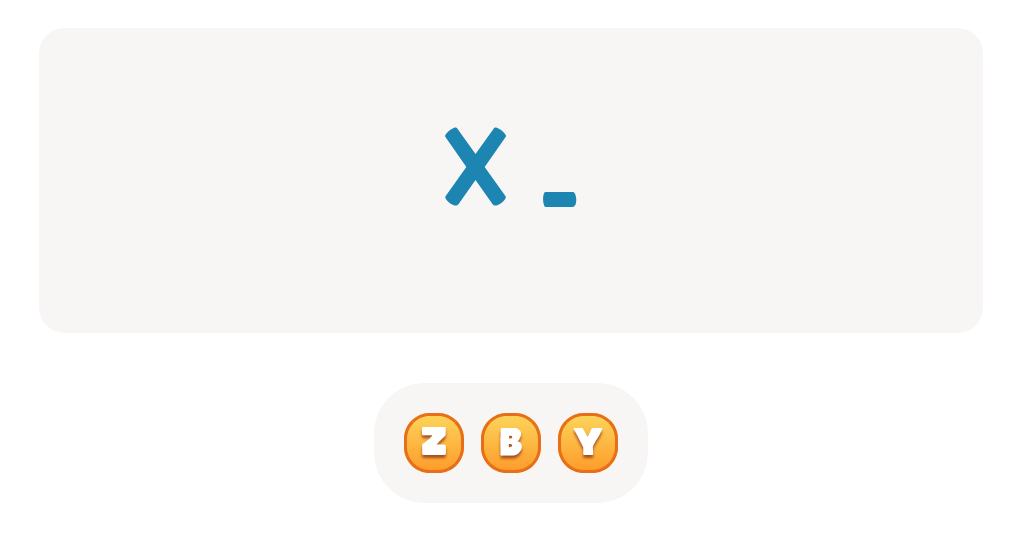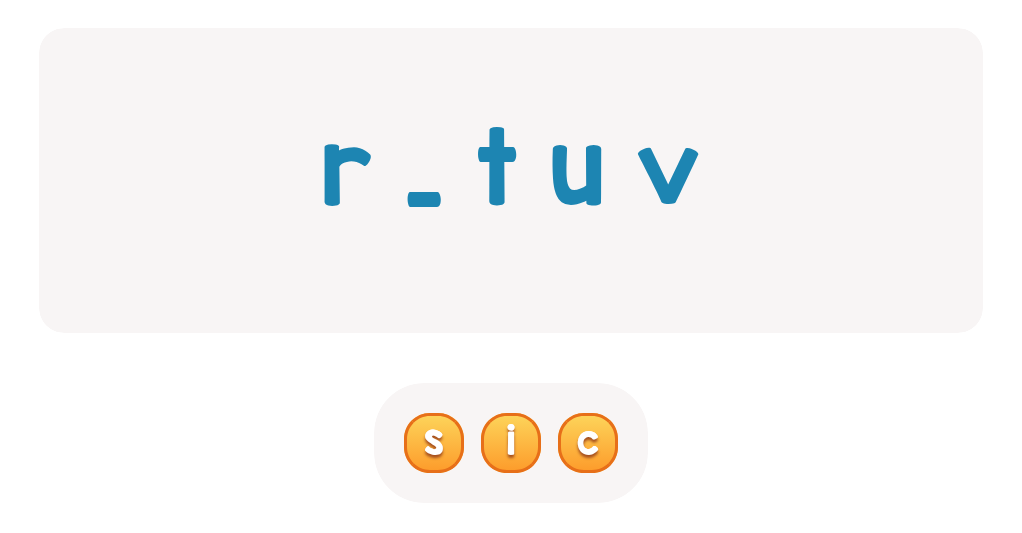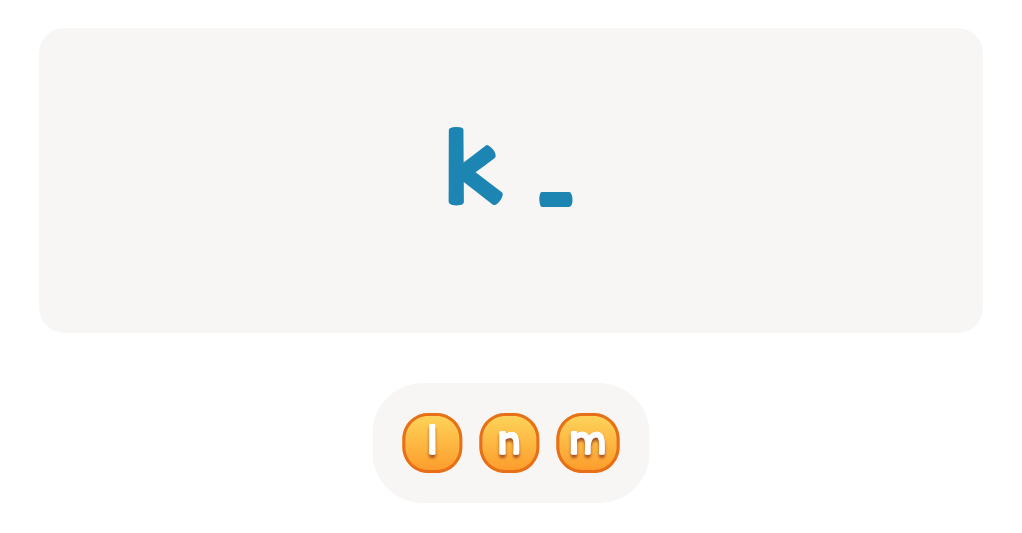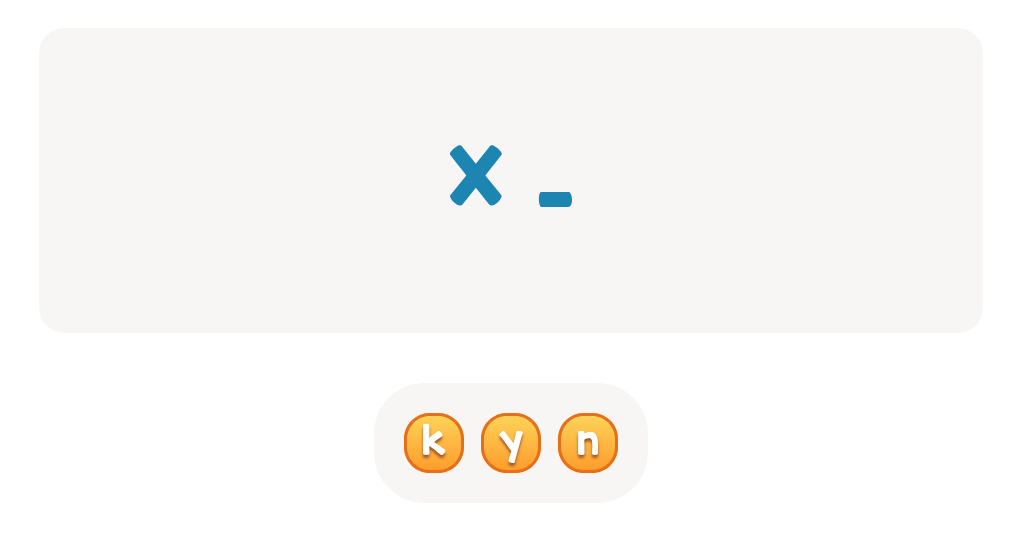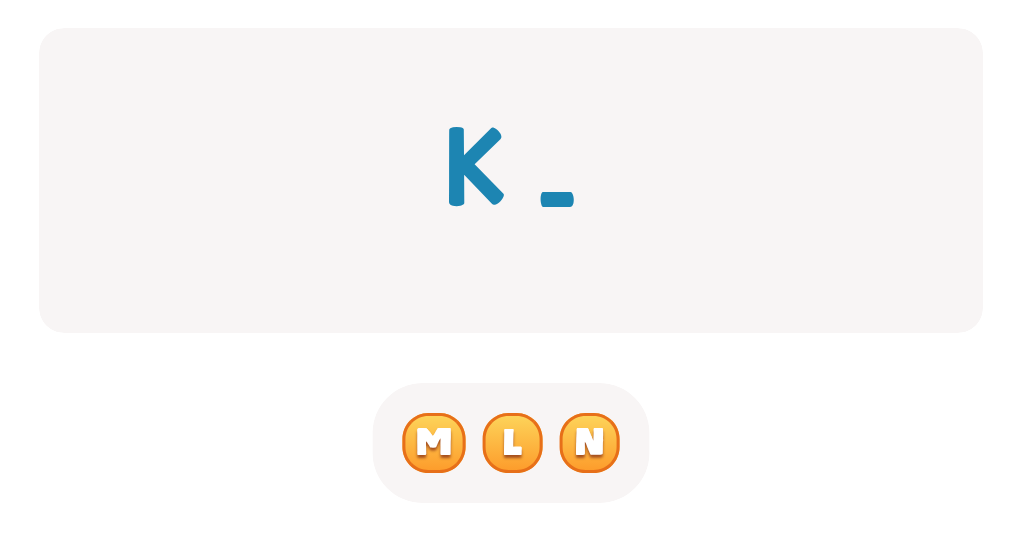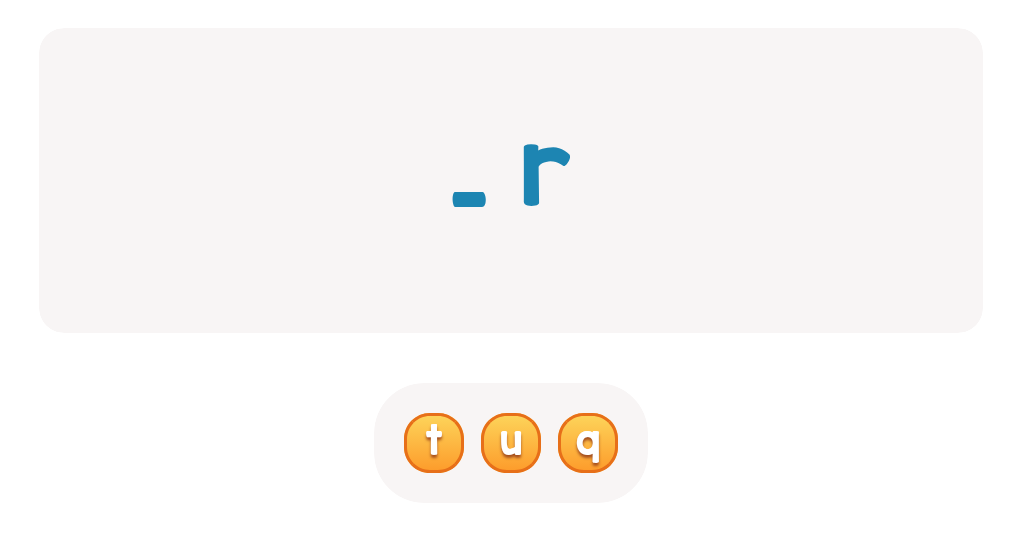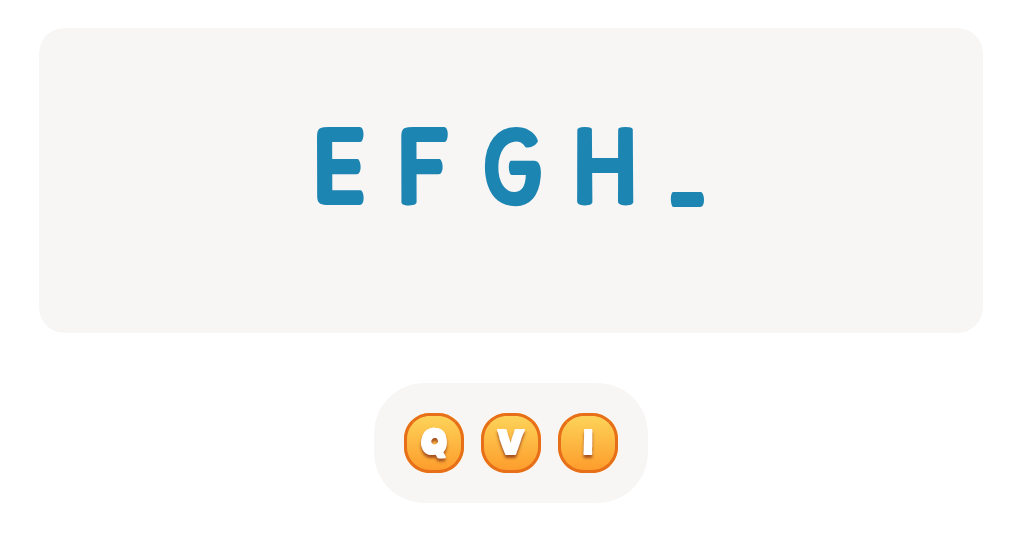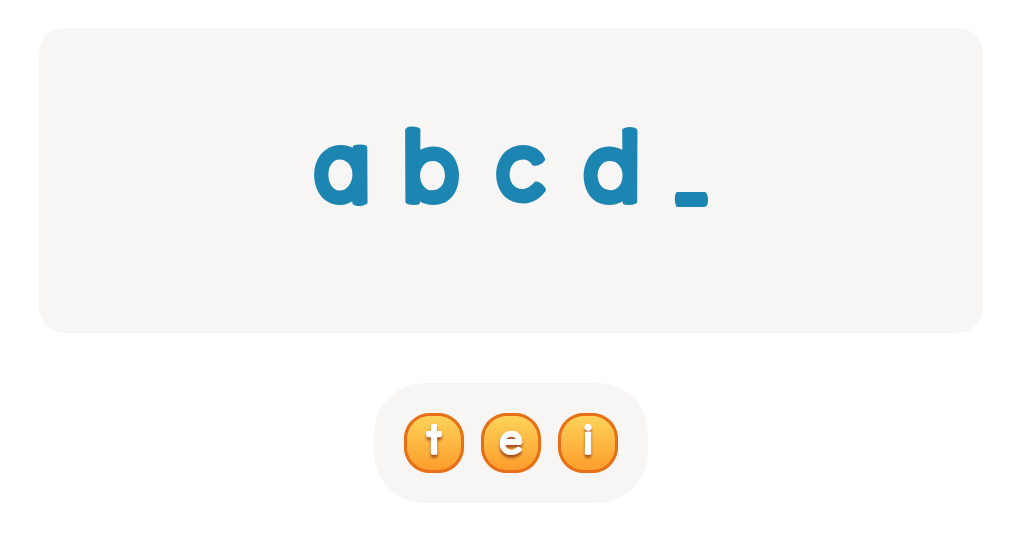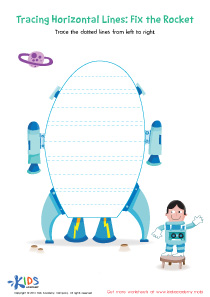Alphabet familiarity Normal Upper & Lowercase Letters Worksheets for Ages 3-4
6 filtered results
-
From - To
Introduce young learners to the alphabet with our "Alphabet Familiarity: Normal Upper & Lowercase Letters Worksheets for Ages 3-4." These engaging worksheets are designed to help toddlers recognize and differentiate between upper and lowercase letters. Each printable activity features fun, kid-friendly graphics that make learning enjoyable. Specifically tailored for preschool children, these exercises not only improve alphabet recognition but also enhance fine motor skills through writing and tracing tasks. Perfect for at-home learning or classroom use, these worksheets provide a strong foundation in the ABCs, fostering early literacy and building confidence in young readers. Start your child's educational journey today!
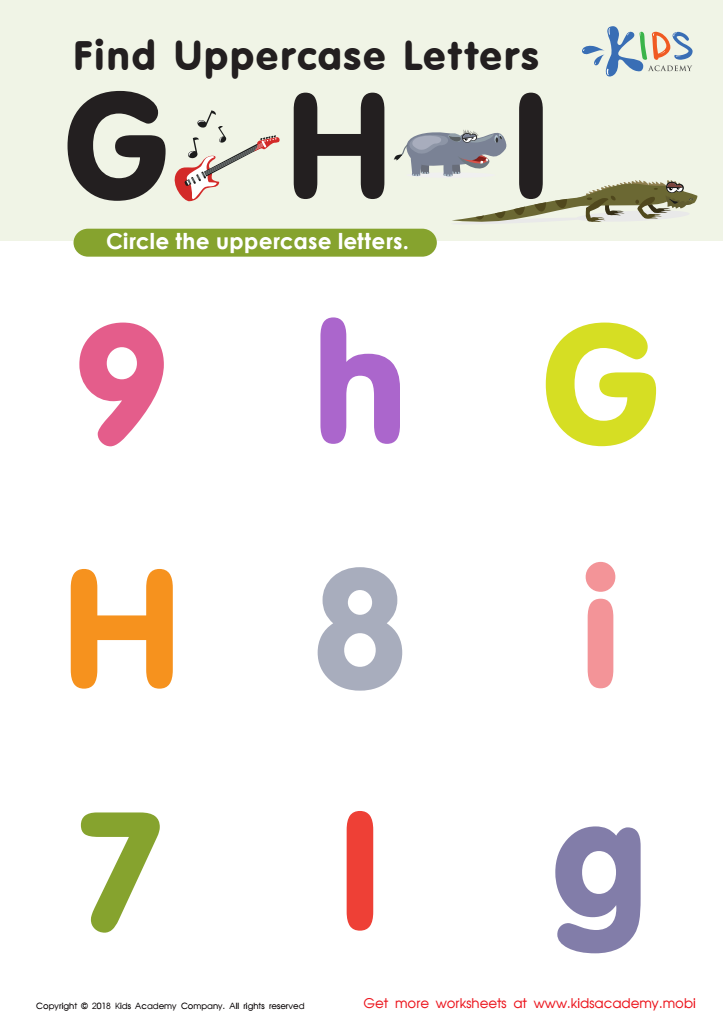

Find Uppercase Letters G, H, and I Worksheet
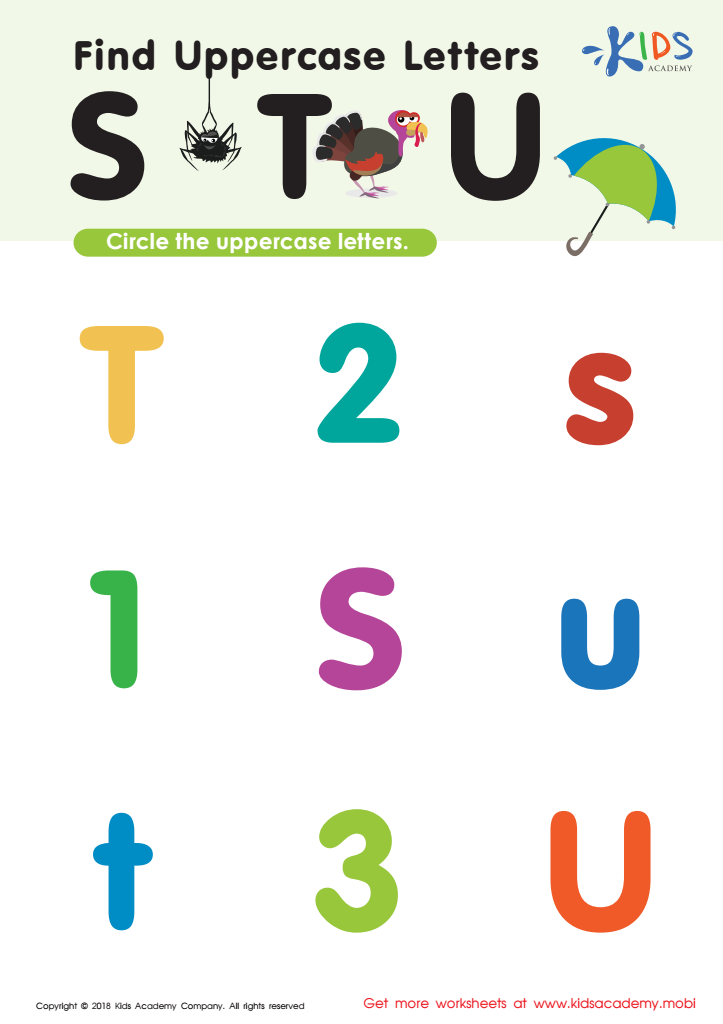

Find Uppercase Letters Worksheet


Find Uppercase Letters J, K, and L Worksheet
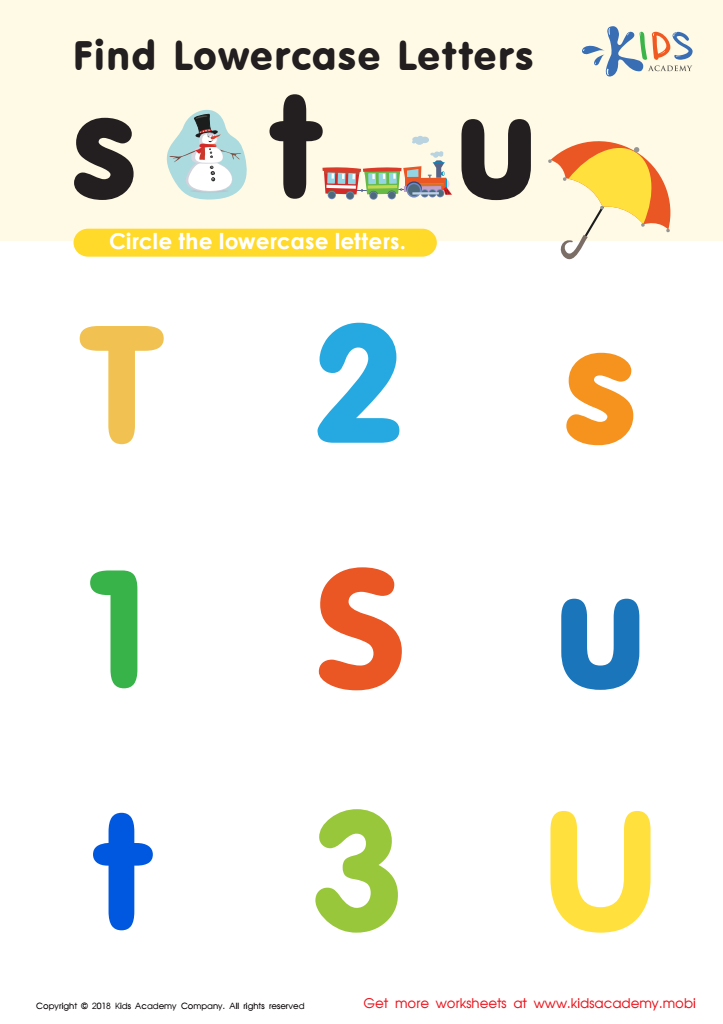

Find lowercase Letters s t u Worksheet
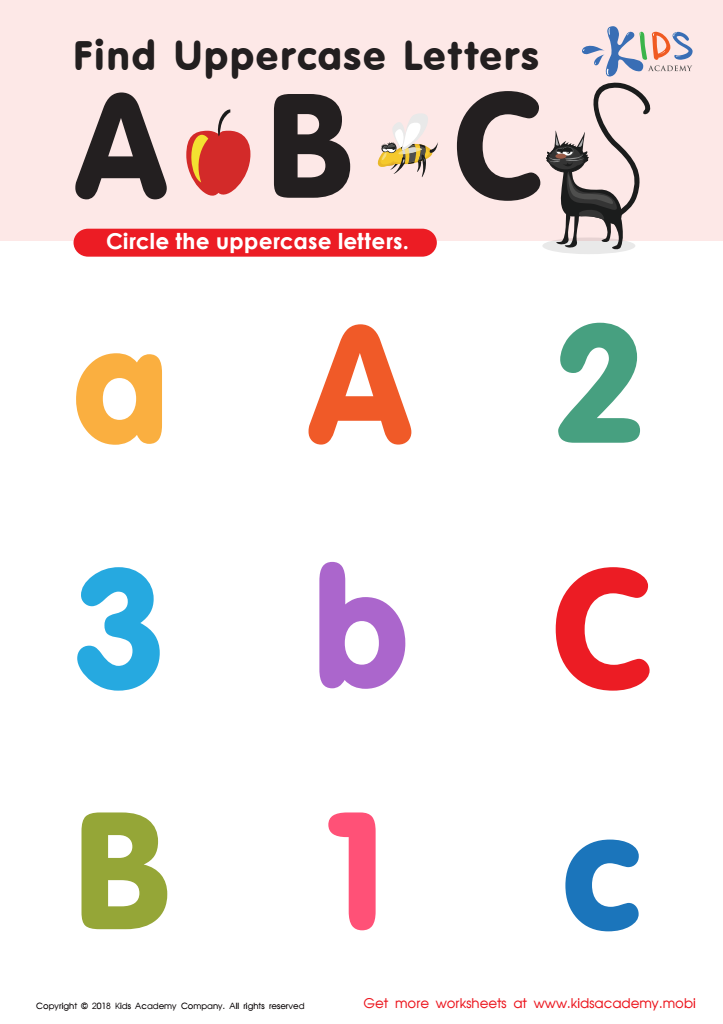

Find Uppercase Letters A, B, and C Worksheet


Find Lowercase Letters v w x Worksheet
Alphabet familiarity, particularly recognizing both uppercase and lowercase letters, fundamentally shapes a child's literacy skills. For ages 3-4, this foundational knowledge is crucial for several reasons.
Firstly, it forms the basis of reading and writing. Children who can identify letters can begin to understand that these symbols represent sounds, which are put together to form words. This early literacy skill is a predictor of future reading success. Recognizing both cases helps children understand that letters can look different but still represent the same sound.
Secondly, it enhances cognitive development. Learning the alphabet challenges children’s memory and visual recognition, promoting neural growth in related brain areas. It aids in developing attention to detail as kids learn to notice the subtle differences between similar shapes, like 'b' and 'd' or 'P' and 'R'.
Furthermore, alphabet familiarity supports language development. It’s a step towards phonemic awareness—the ability to hear, identify, and manipulate phonemes, the smallest units of sound. This skill is crucial for fluent reading and spelling.
For parents and teachers, emphasizing the alphabet doesn’t only benefit reading skills but overall academic and cognitive growth, setting a strong foundation for all future learning. Thus, fostering alphabet familiarity in young children is an essential step in their educational journey.
 Assign to My Students
Assign to My Students
